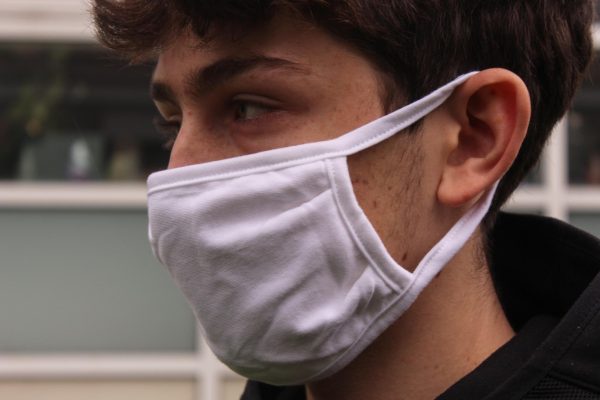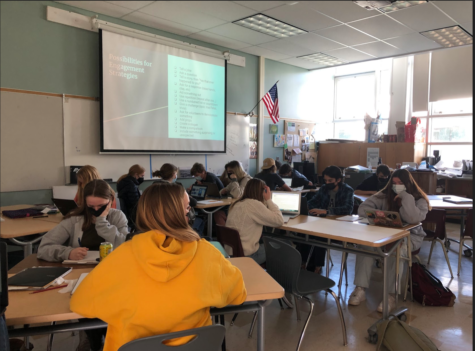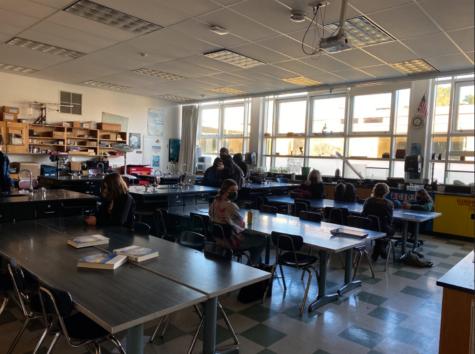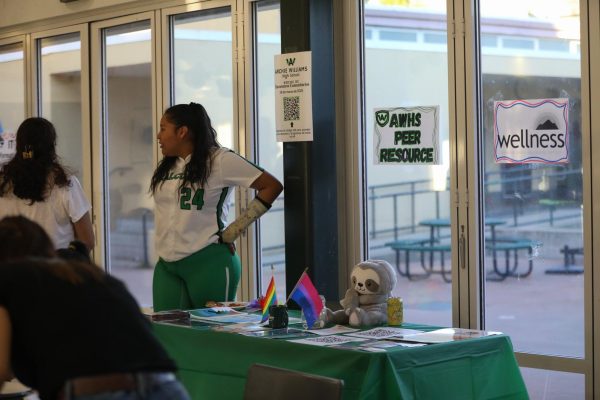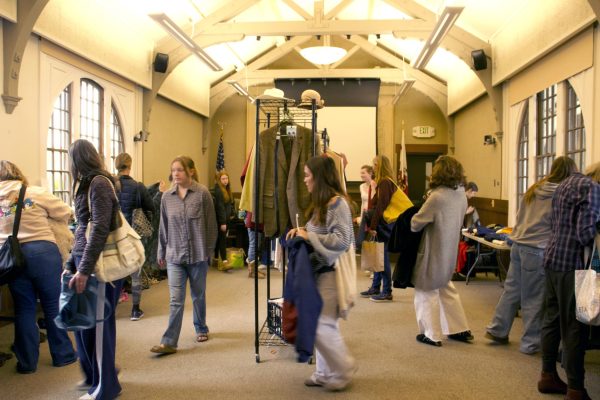Bay Area Shelter in Place explained
Six Bay Area counties closed on Tuesday Mar. 17 following the new ‘shelter in place’ directive. The order affects Santa Clara, San Francisco, Alamanda, Contra Costa, San Mateo, and Marin, totaling 6.7 million people. Health officials plan to reduce the spread of coronavirus by social distancing, maintaining a six-foot space from people when you must leave your home.
The mandate forces nonessential businesses, ones the public doesn’t rely on for their basic needs, to send workers home. According to the order, businesses that will remain open include pharmacies, grocery stores, social services, gas stations, banks, and restaurants for delivery and take out only. Social distancing must be present at all of these businesses, like standing 6 feet apart in lines, as feasible as possible.
People are encouraged to stay home but can leave for activities necessary for their health and safety. Shelter in place residents can go out for essential activities: health services, medication, food, and supplies needed to work from home. Although the order cancels all private and public gatherings, it encourages people to exercise. This includes walking, hiking, and running, as long as you apply social distancing.
Although shelter in place lasts until Apr. 7, school closure in the six mentioned counties has been extended to May 1.
Saturday, March 21, saw the fifth day of shelter-in-place, and residents fled to the coast seeking reprieve from quarantine. The subsequent crowded beaches, trails, and roads lead to the Marin County health officials closing beaches and parks the following day.
While the shelter-in-place order recommends outdoor exercise, the influx of visitors on Saturday didn’t abide by the 6-foot social distance guideline needed to flatten the coronavirus curve. Flatting the curve is reducing the frequency of COVID-19 cases. This takes the strain of the hospitals, who are overwhelmed with a lack of medical equipment.
Marin County Fire tweeted a picture of a crowded Stinson Beach and parking lot, explaining how not complying with social distancing puts vulnerable community members at risk. Marin County Sheriff Brenton Schneider echoed this point, adding it also places the risk on essential business employees.
Bolinas community members turned visitors away from their town, with signs urging non locals to return home.
“It comes down to public health. Bolinas has a very large elderly population, most residents are over 60. So when the government issues a shelter in place it is frustrating for us to see literally hundreds of tourists coming into town in large groups. We understand that they want to get out of the house and be in nature, but they also have to understand that people live here– lots of people who cannot afford to get sick,” Bolinas resident Lucian Patton said.
“The closure of the parks relates to motorized traffic to and from parks,” Marin County’s Deputy Health Director Dr. Lisa Santora said in a Youtube video update the following day.
“We are not discouraging Marin County Residents from getting outside and walking or biking to a park or trail near your home,” Santora said later in the video.
Santora asserted that if you do travel to a local trail, bring hand sanitizer, practice social distance, and leave no trash.
According to the National Park Service website: all camping, bonfires, and park facilities will be closed until April 7th. Additionally, Pierce Point Road, the Chimney Rock parking lot, and the Lighthouse parking lot will have their access limited for the duration of shelter-in-place.
“We would be happy to have [tourists] in our town, but once this outbreak is over. We want to protect the health of our community,” Patton said.


